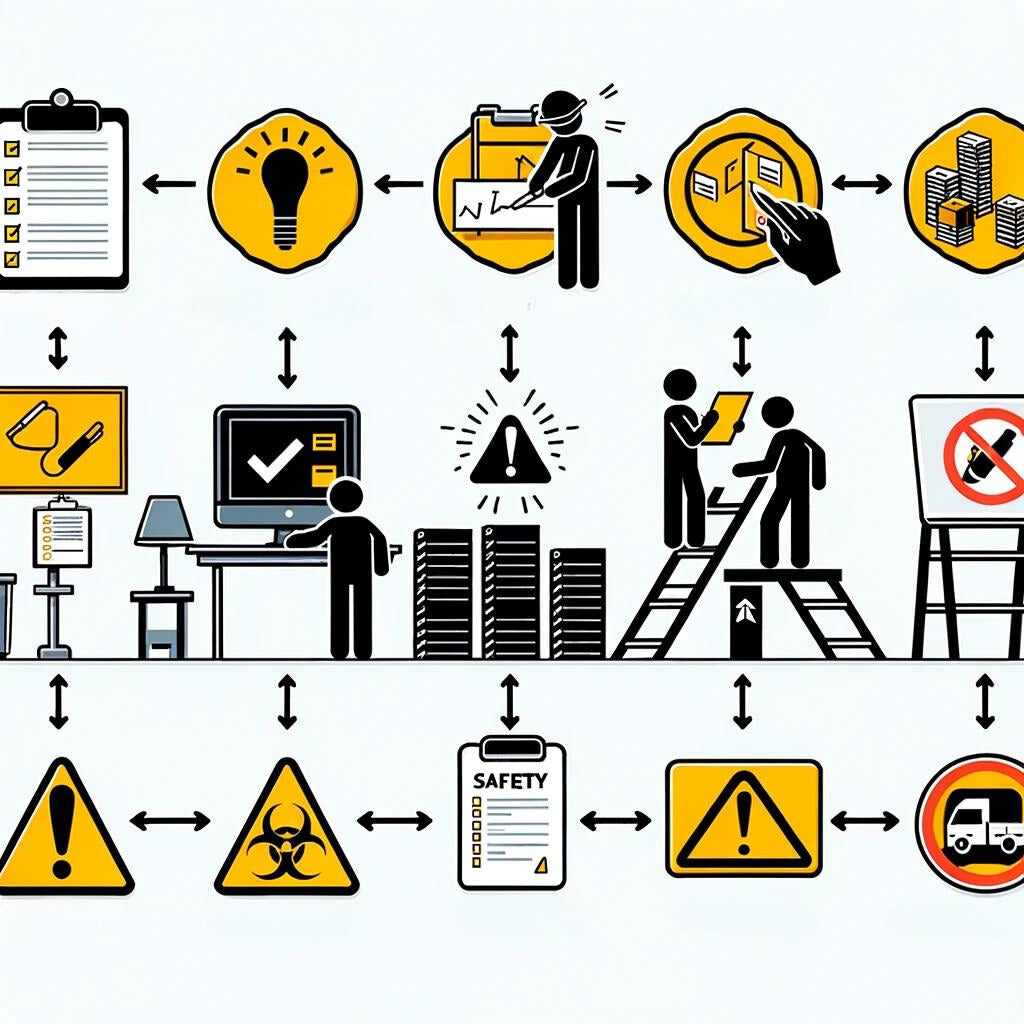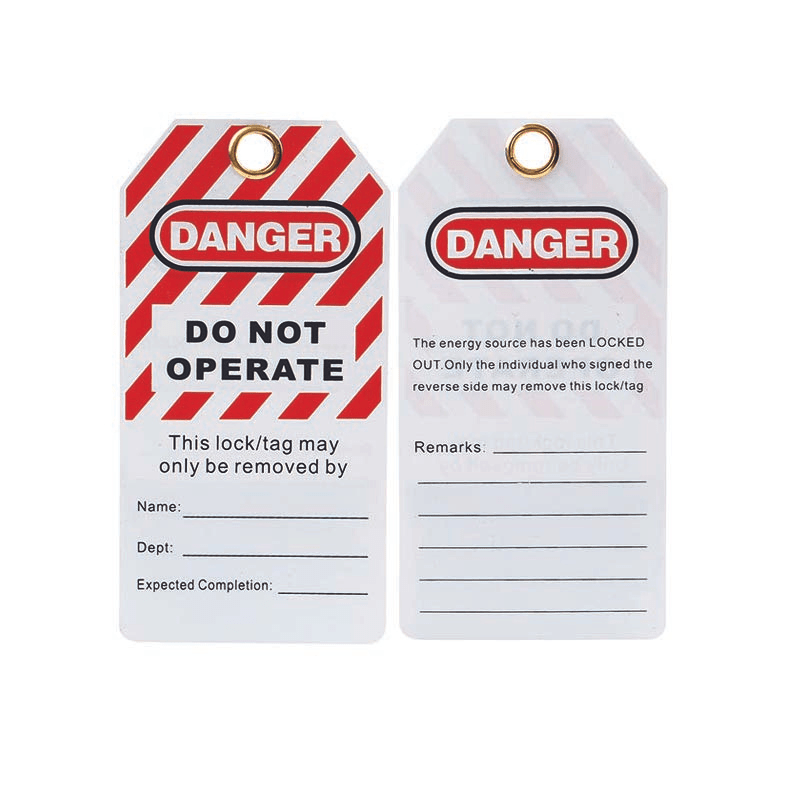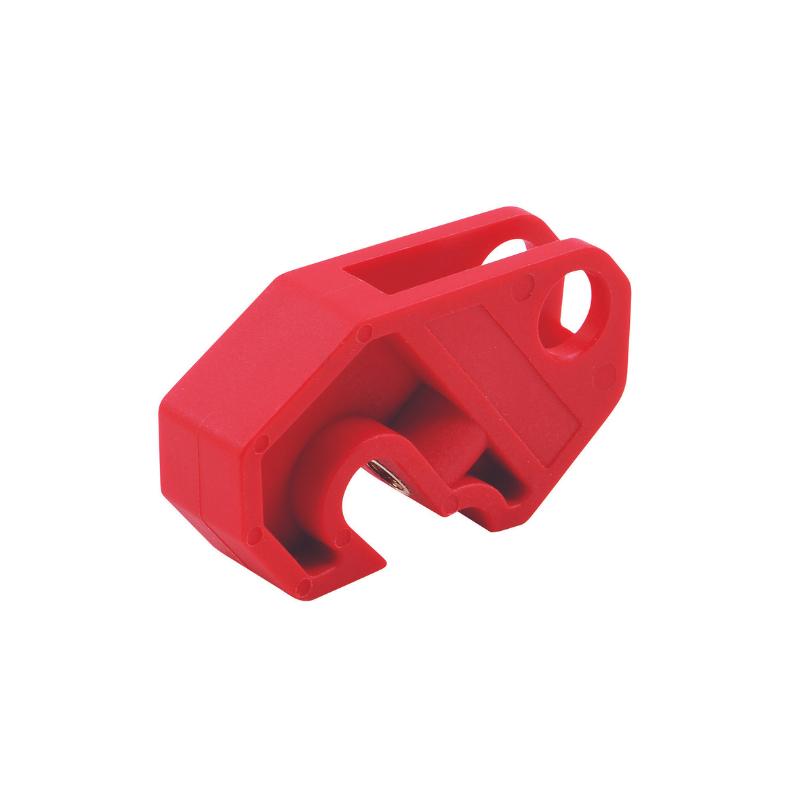Ensuring workplace safety is paramount, and one effective way to enhance safety is by implementing ISO 7010 signage. ISO 7010 is an international standard for safety signs that provides uniformity and clarity in safety communication across different countries and industries. This blog post will guide you through the practical steps for adopting ISO 7010 signs, including assessment, planning, and installation. Additionally, a comprehensive checklist will be provided to ensure compliance with ISO 7010.
1. Assessment
Identify Hazards and Signage Needs
The first step in implementing ISO 7010 signage is to conduct a thorough risk assessment of your workplace. This involves identifying all potential hazards and determining the specific areas where safety signs are needed. Common hazards might include machinery, hazardous materials, emergency exits, and first aid stations. By pinpointing these hazards, you can ensure that appropriate signs are placed to warn, instruct, and guide employees effectively.
Review Current Signage
Next, evaluate your existing safety signs to determine if they comply with ISO 7010 standards. This involves checking the design, symbols, and placement of current signs. ISO 7010 signs have specific symbols and colors that are universally recognized, so it’s crucial to ensure your existing signs meet these criteria. Identify any gaps where new signage is required or where existing signs need updating to comply with ISO 7010.
2. Planning
Develop a Signage Plan
Once you have identified the hazards and assessed your current signage, it’s time to create a detailed signage plan. This plan should outline the types and locations of the required ISO 7010 signs. Prioritize areas with the highest risk and ensure that critical signs, such as emergency exits and fire safety signs, are implemented first. A well-thought-out plan will serve as a roadmap for the implementation process, ensuring no critical areas are overlooked.
Budgeting
Implementing ISO 7010 signage involves costs, including purchasing the signs and any necessary mounting hardware. Estimate these costs and allocate a budget accordingly. While it’s important to ensure quality and compliance, it’s also crucial to manage costs effectively. Look for suppliers that offer competitive pricing without compromising on the quality of the signs.
Stakeholder Involvement
Involving key stakeholders in the planning process is essential for successful implementation. These stakeholders might include safety officers, facility managers, and employees. Ensure everyone understands the importance of ISO 7010 signage and their role in its implementation. Engaging stakeholders early in the process can also provide valuable insights and foster a culture of safety within the organization.
3. Procurement
Select a Reputable Supplier
Choosing the right supplier is critical for ensuring that the signs you purchase meet ISO 7010 standards. Look for suppliers with a good track record and verify that their signs comply with the ISO 7010 specifications for symbols, colors, and materials. A reputable supplier will provide high-quality signs that are durable and effective in conveying safety messages.
Customization (if needed)
In some cases, your workplace might have specific requirements that necessitate customized signs. Work with your supplier to customize signs while maintaining ISO 7010 compliance. For example, you might need signs with specific wording or additional information relevant to your particular industry. Customization should enhance the clarity and effectiveness of the signs without deviating from the standard symbols and colors.
4. Installation
Correct Placement
Proper placement of signs is crucial for their effectiveness. Install signs at appropriate heights and locations where they are clearly visible and understandable. Ensure that signs are placed in well-lit areas and are free from obstructions. For example, fire exit signs should be placed above doors and along evacuation routes, while hazard signs should be positioned near the relevant dangers.
Use Appropriate Mounting Methods
The method used to mount the signs should be durable and suitable for the environment. For outdoor signs, weatherproof materials and mounting methods are necessary to ensure longevity. For indoor signs, adhesive methods might be appropriate for smooth surfaces. Ensure that signs are securely fastened and resistant to tampering or removal.
5. Training
Employee Education
Implementing ISO 7010 signage is only effective if employees understand the signs and adhere to the safety instructions. Train employees on the meaning of ISO 7010 signs and the importance of following the safety guidelines they represent. Include signage training in new employee orientation and regular safety training sessions. Well-informed employees are more likely to comply with safety instructions and contribute to a safer workplace.
6. Maintenance
Regular Inspections
Regular inspections are necessary to ensure all signs remain in good condition and compliant with ISO 7010 standards. Conduct routine checks to identify any signs that are damaged, faded, or missing. Promptly replace or repair any signs that are not in optimal condition. Regular maintenance ensures that safety signs continue to be effective and visible.
Updates
Workplace conditions and hazards can change over time, necessitating updates to your signage plan. Keep track of any changes in ISO 7010 standards or workplace hazards that may require new or updated signage. Periodically review and update your signage plan to maintain compliance and safety. Staying proactive in updating your signage ensures ongoing effectiveness in communicating safety information.
Checklist for Ensuring Compliance with ISO 7010
-
Risk Assessment
- Conducted a thorough workplace hazard assessment.
- Identified all areas requiring safety signage.
-
Signage Plan
- Created a detailed signage plan.
- Prioritized high-risk areas.
-
Budgeting
- Estimated costs for new signs and installation.
- Allocated budget for signage implementation.
-
Stakeholder Involvement
- Involved key stakeholders in the planning process.
- Communicated the importance of ISO 7010 compliance.
-
Procurement
- Selected a reputable supplier.
- Verified signs meet ISO 7010 standards.
- Customized signs as needed while maintaining compliance.
-
Installation
- Placed signs in clear, visible locations.
- Used appropriate, durable mounting methods.
- Ensured signs are tamper-resistant.
-
Training
- Trained employees on the meaning and importance of ISO 7010 signs.
- Included signage training in regular safety sessions.
-
Maintenance
- Conducted regular signage inspections.
- Repaired or replaced damaged signs promptly.
- Updated signage plan as needed.
Conclusion
Implementing ISO 7010 signage in your workplace is a critical step toward ensuring safety and compliance with international standards. By following the steps outlined in this blog post, including assessment, planning, procurement, installation, training, and maintenance, you can effectively adopt ISO 7010 signs and create a safer working environment.
Importance of ISO 7010 Signage
ISO 7010 signage plays a vital role in workplace safety by providing clear, universally recognized symbols that communicate important safety information. The standardized nature of these signs helps to eliminate confusion and ensure that safety messages are understood by everyone, regardless of language barriers or cultural differences.
Final Thoughts
Safety is a continuous journey that requires ongoing commitment and attention. Implementing ISO 7010 signage is a significant step, but it should be part of a broader safety culture within your organization. Regular training, maintenance, and updates are essential to maintaining an effective safety program.
By prioritizing safety and adhering to ISO 7010 standards, you can protect your employees, reduce the risk of accidents, and create a workplace where safety is ingrained in everyday practices. Use the checklist provided to ensure you cover all aspects of implementation and maintain compliance with ISO 7010.
Remember, safety signage is not just about compliance; it’s about creating a safe and healthy working environment for everyone. Take the necessary steps today to implement ISO 7010 signage and make your workplace safer for all.



